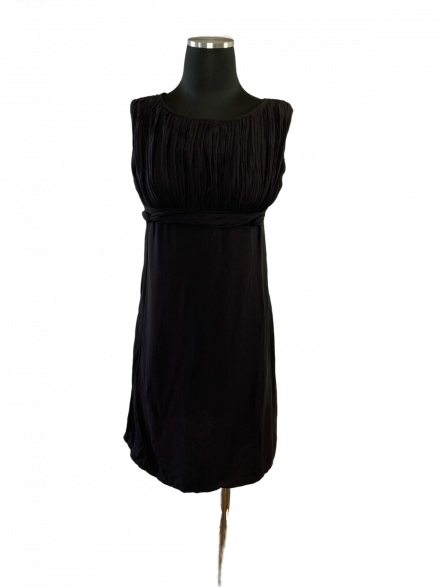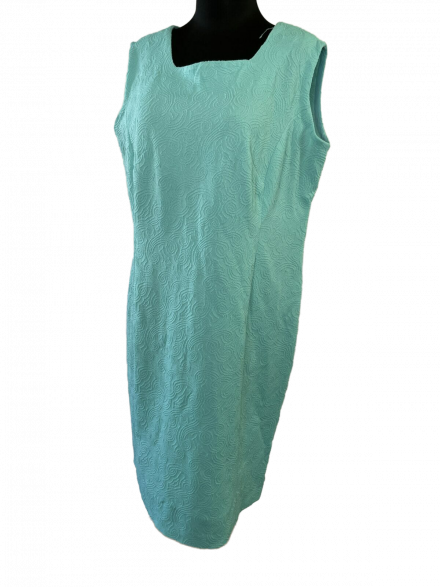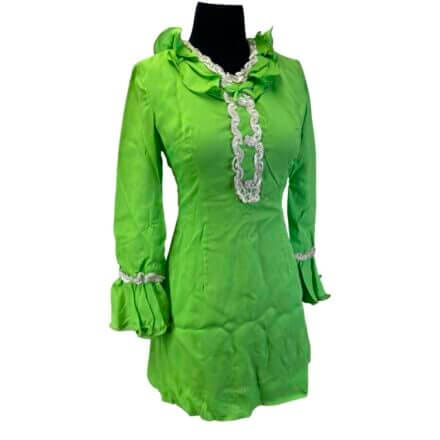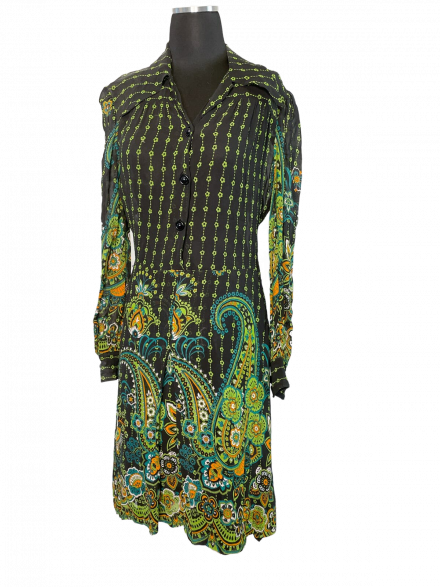
Advertisements from 1924

Step back in time to the 1920s, a decade of roaring prosperity, flapper fashion, and innovative consumer culture. The back pages of the 1924 St. Louis Fashion Pageant magazine offer a fascinating window into this dynamic era by showcasing advertisements that embody the styles, trends, and economic vibrancy of the post-World War I period. These ads paint an intriguing picture of the daily life and aspirations of the time, particularly in St. Louis, Missouri, which was a prominent industrial and cultural hub in the Midwest.
Here, we highlight a variety of advertisements from these pages, ranging from clothing and furniture to musical instruments and fixtures from local St. Louis businesses:
Lammert Furniture Company
At the heart of downtown St. Louis, on Washington Avenue, the Lammert Furniture Company advertised its fine furnishings with a dominant full-page ad. Washington Avenue itself was a bustling commercial artery in St. Louis, known as a hotspot for department stores, furniture retailers, and textile businesses. The company’s location at 911-919 Washington Ave. placed it in the midst of this economic activity, offering high-quality home furnishings to working-class and affluent families alike as they embraced modern, comfortable living standards of the 1920s.
Interestingly, Lammert’s historical building, still standing today, has been repurposed and is now home to the nonprofit T-Rex coworking space, known as a hub for innovation and entrepreneurship. As a personal note, I once joined some friends to try having a séance there. While we didn’t exactly uncover any ghosts of the past, it did lead to plenty of laughter (mostly ours) echoing through the halls where St. Louis shoppers once browsed the extravagant displays of Lammert Furniture. It’s fascinating to think how a building tied to such a rich history continues to host creativity and collaboration nearly a century later.
Korrekt Clothes
In an era where personal style became synonymous with identity, Korrekt Clothes catered to “fashionable clothing for men and young men.” The 1920s saw a shift toward slimmer, tailored silhouettes for men’s fashion, and brands like Korrekt Clothes capitalized on this demand. Their ads appealed to those following the advancements in men’s fashion that moved away from the bulky, formal Victorian look toward a sleeker and more casual aesthetic.
Renard Linoleum & Rug Co.
Linoleum, having been introduced in the 19th century, became immensely popular in the 1920s for its durability and affordability. Renard Linoleum & Rug Co., makers of rugs and window shades, advertised to homemakers seeking to decorate their new homes with both practicality and elegance. This type of product reflected advancements in home goods manufacturing and the growing emphasis on functionality in interior design.
Blackwell-Wielandy Book & Stationery Co.
Reading and gifting books were highly popular activities during the 1920s, especially around Christmas. Blackwell-Wielandy Book & Stationery Co. claimed in its ad to offer “the largest variety of Christmas goods in America,” appealing to families stocking up on books, cards, and gifts for the holiday season. The popularity of books in this era reflected the rise of literacy and leisure culture, which was influenced by the shorter working hours that defined the decade.
Richardson-Leaver Fixture Co.
The 1920s were brimming with an exciting Art Deco aesthetic, as reflected in Richardson-Leaver Fixture Co.’s advertisement for showcases, window fixtures, and clothing cabinets. This company’s sleek, geometric designs catered to storeowners who wanted their retail spaces to appear modern and fashionable, capitalizing on the consumerism of the era.
Belle Hickey’s Boyish Dress Form
The flapper phenomenon of the 1920s brought a revolutionary shift in women’s fashion. The advertisement for Belle Hickey’s boyish dress form (“You Need This One!”) highlighted the new epitome of style: boyish figures in tubular dresses that reflected women’s growing liberation. At just $13.50 for her enamel dress form, Belle Hickey marketed to shopkeepers and seamstresses eager to ensure that flapper dresses fit their customers perfectly.
The Baldwin Reproducing Piano
Music was central to the entertainment culture of the 1920s—jazz was thriving, and piano ownership had become a symbol of upward mobility for families. The Baldwin Reproducing Piano ad promised that its instruments could “re-perform every detail of execution and shade of expression” true to the artist. With prices ranging from 1350to3750 (a significant investment at the time), Baldwin marketed to middle- and upper-class families who viewed a piano not just as an instrument, but as a mark of refinement and cultural connection.
J. Kennard & Sons Carpet Co.
J. Kennard & Sons advertised “complete lines of rugs and carpets,” tapping into the ongoing trend of creating inviting, well-decorated homes. St. Louis residents in the 1920s, like others across the United States, sought rugs and carpets as both decorative elements and indicators of wealth.
Mandel Dress & Hat Co., Shu Styles, and Patent Leather
The booming economy of the 1920s led to an increased interest in high-quality, fashionable clothing, as reflected in ads for Mandel Dress & Hat Co., Shu Styles, and Clark’s Patent Leather. St. Louis residents could pair the latest hats, dresses, and shoes with their everyday wear, reflecting the roaring fashion pulse of the decade.
These advertisements are more than just remnants of a magazine—they are snapshots of a time when St. Louis was thriving. They highlight the transformative social and cultural changes of the 1920s, a period marked by technological advances, consumerism, and the ushering in of what we now call modernity.
Beyond the glitz and glamour of the jazz age, these ads tell the story of a world leaning into the future while holding onto its connection with fine craftsmanship and local businesses. From advancements in home goods to the cultural phenomenon of music and fashion, they capture the eclectic spirit and rapid evolution of one of America’s most exciting decades.






















You must be logged in to post a comment.